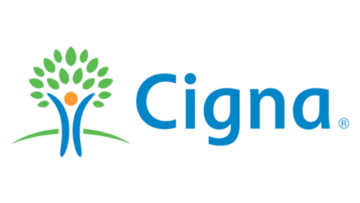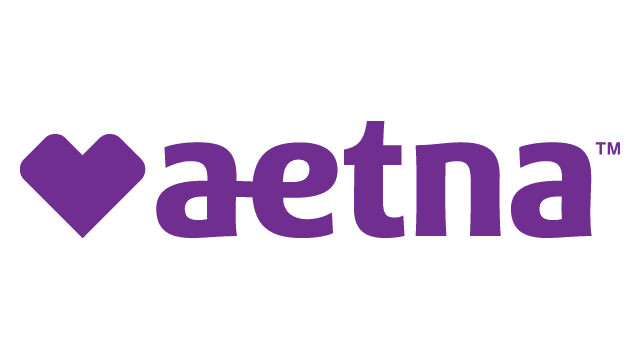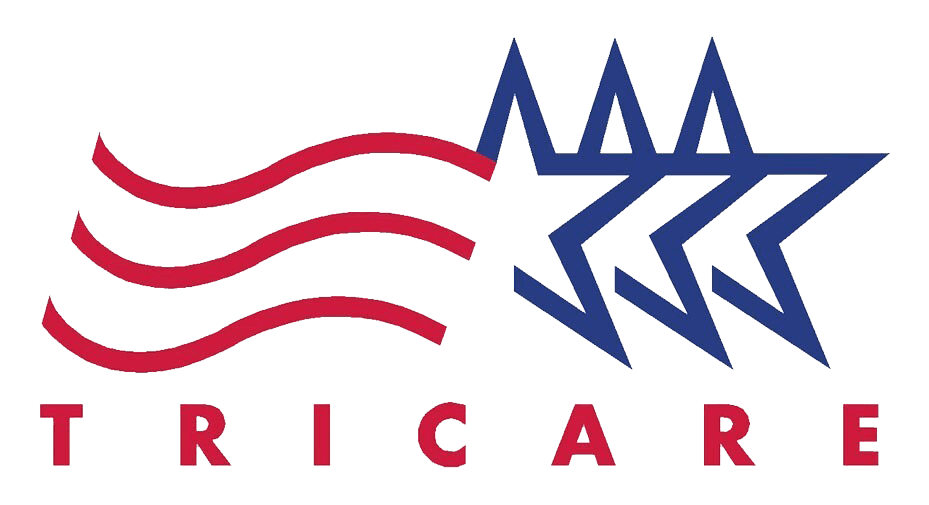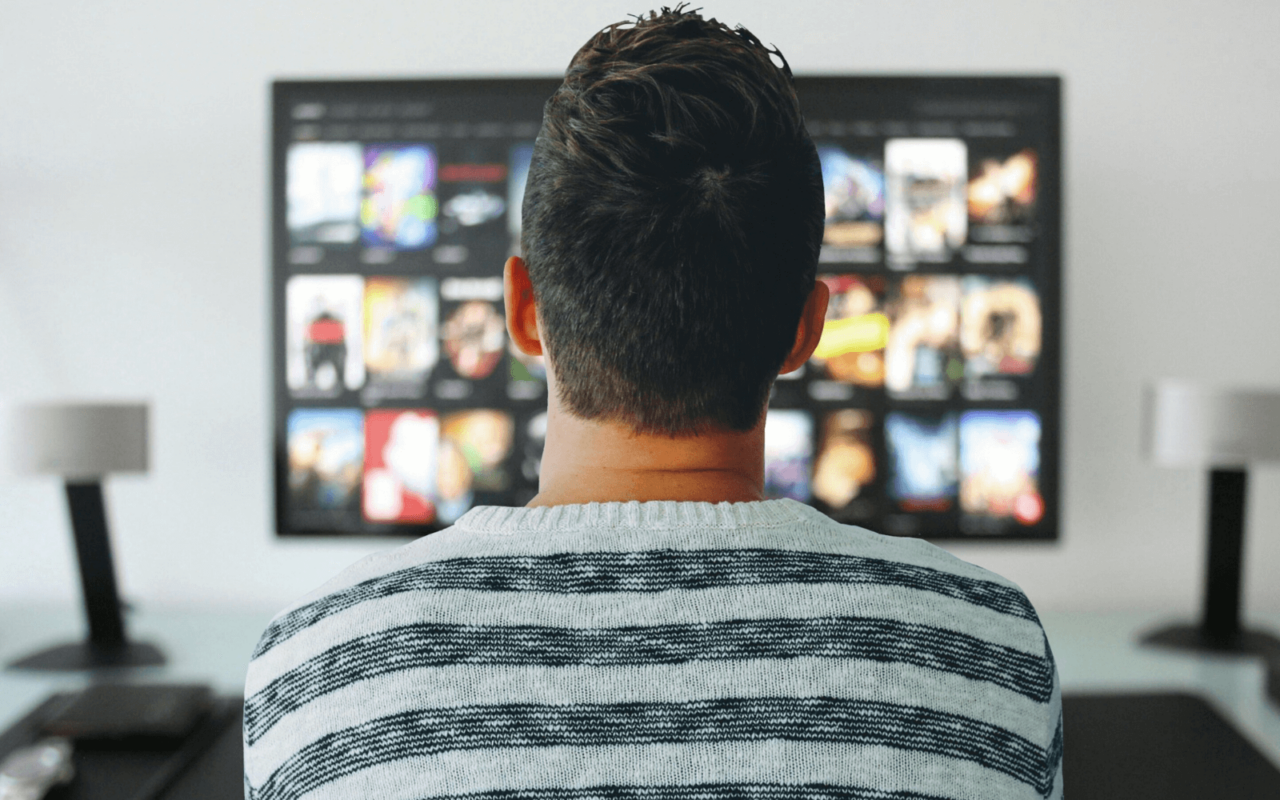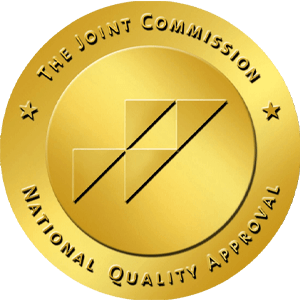It’s almost impossible to think of what everyday life would look like without screens at this point in our society. From needing screens to provide us with entertainment to using screens in accomplishing our work- screens are just now a part of how we operate in today’s world. What started as a way to showcase art in entertainment many years ago on film (think Walt Disney’s first cartoons) has exploded into endless forms of entertainment and now convenience. Sure, watching a movie on your tablet comes in handy on a long flight. Or checking your emails from the comfort of your bed in the morning before getting ready for work. But what happens when the only thing you care to do is have a screen in the palm of your hand or front and center of your day? Screen addiction can creep up on anyone, and with technology used in so much of our daily life- it can also go unnoticed. Thankfully, more and more people are becoming aware of this concerning trend and support is there for anyone seeking. Screen-free zones: incorporating healthy habits into screen addiction treatments is on the rise. And with leaders such as Omega Recovery, availability of support and treatments will only grow.
How Do We Become Addicted To Our Screens?
While some people are able to enjoy screens at leisure or use primarily only for work- others find themselves lost without one. So, just how is it that some of us become so addicted to our screen time and use? There are a number of factors that contribute to the development of screen addiction. These include psychological, social, and environmental factors that ironically are also commonly seen with substance addiction. In fact, individuals with pre-existing mental health issues, such as depression or anxiety, may be more susceptible to developing screen addictions as a coping mechanism. With the screen not being the addictive element so much as the games, platforms, and apps that are used simultaneously with them. The factors around how an abuse becomes an addiction is as unique to the person as is their disorder. Incorporating healthy habits into screen addiction treatments is optimal, no matter the causes or factors that led to the formation of the addiction.
Science is partial to explaining why some of us can become addicted to our screens, or a person’s brain chemistry rather. We now know that screen use releases dopamine in the brain, which can negatively affect impulse control. Screen time affects the frontal cortex of the brain, releasing dopamine with every ping, notification, and pleasing sight. This type of brain reward is similar to the effect of substance abuse and addiction. Similar to drugs, screen time sets off a pleasure/reward cycle that can have a negative impact on a person’s life. Screen-free zones: incorporating healthy habits into screen addiction treatments is one of the best ways to help yourself or someone you love in overcoming addiction. Rewiring the brain, as mechanical as it sounds, is possible and very much effective in healing from screen addiction. Envoking things such as healthy boundaries and habits, digital detoxing, and nature immersion are examples of how one can rewire their brain. At Omega Recovery we understand this, which is why we combine both evidence-based treatments as well as experiment-based treatments in healing.
How Does Screen Time Affect The Mind And Body Of A Person?
Screens seem harmless to many of us. And this may be due to the lack of studies on both a person’s physical and mental well being. However, what research has shown is that screens silently affect us more than we think- with proof showing up not too long down the road. This is especially seen with children and young adults. Studies have shown that any more than one hour of screen time in a single day was associated with lower psychological well-being. Or in other words- participants showed less curiosity, lower self-control, more distractibility, more difficulty making friends, less emotional stability, being more difficult to care for, and inability to finish tasks. Stimming is the constant exposure to screens that may contribute to an increase in sensory stimulation, making it difficult for individuals with autism to regulate their sensory input. This can result in difficulties with focus, attention, and self-regulation.
This is extremely alarming for anyone to learn, especially parents of young children. Yet, we live in a world where tablets, apps, and smartphones are encouraged for children in academic learning. Balance may be the key take-away here, and establishing healthy habits and boundaries for screen time use is necessary. Screen-free zones: incorporating healthy habits into screen addiction treatments is one of the foundations we utilize at Omega Recovery. Finding a perfect balance for each client, unique to them, is one the best ways we know in breaking addiction for good. Some of the concerning long-term effects we see with children with untreated screen addiction include:
- Cognitive impairment.
- Speech delay.
- Difficulty with problem-solving, creative, and critical thinking.
- Anxiety and depression.
- Body weight issues including weight disorders.
- Poor bone health due to lack of physical activity.
- Heart disease and other health conditions related to low physical activity.
- Cyber bullying.
- Exposure to predators online.
Screen time overloads the sensory system, fractures attention, and depletes mental reserves. With research to support, experts are now warning that what’s often behind explosive and aggressive behavior is poor focus. When attention suffers, it can lead to a person’s inability to process both their internal and external environment. Therefore, making small demands and tasks into big ones- furthering the frustration. Incorporating healthy habits into screen addiction treatments is imperative for shifting the brain into a healthier state. Taking up only 2% of a person’s body weight, the brain takes 20% of our total energy to function optimally. By supporting the brain with screen limits and healthier habits, a person can start the healing process from addiction.

Screen-Free Zones: Incorporating Healthy Habits Into Screen Addiction Treatments
Of course, one of the strongest ways to separate an unhealthy addiction is to take out the addictive source- screens. However, just as with any addiction, going cold turkey can be a shock to the system both mentally and physically. Therefore, it is wise to set healthy boundaries and limits at first to ease the addicted mind into a healthier state. Healthy habits are not magically set in stone right away, they take time to build up into actions taken naturally. With repetition, a person struggling with addiction can replace old unhealthy habits with new ones to take their place. Below are some examples of how to create screen-free zones: incorporating healthy habits into screen addiction treatments.
Setting Boundaries – Establishing specific times for screen use is one of best ways a person can limit their screen time to a healthier level. While it is very common for people today to need to use technology with screens at school and work, boundaries can still be set.
- Wait to turn on devices for a period of time after waking up.
- Put devices with screens away while eating, during meal times.
- Put away screen devices while spending time with family and friends.
- Keep screen devices stored out of sight during school or work, if possible.
- Set hours during the day when you can engage with your phone for work-related reasons and non-work-related reasons.
- Create designated screen-free zones in your home, like the bedroom.
- Turn off devices with screens before bed.
Setting Limits – Technology is found everywhere in today’s world, so being screen free would mean moving to a rural place without signal. However, there is no need for drastic measures of this scale if setting healthy limits for screen time is utilized. Creating screen-free zones: incorporating healthy habits into screen addiction treatments and setting limits is beneficial for everyone. Here are some examples of how a person struggling with screen addiction can set limits that are attainable and beneficial for forming healthier habits.
- Set a time period after waking up that is screen free.
- If working from a screen, set up intervals of breaks to take to avoid eye strain.
- Use device settings to set app-specific time limits.
- Set a reasonable time limit of how much entertainment one enjoys from watching a screen- such as TV, movie, or video game in each day.
- Discourage use of screens entertainment during homework.
- Create tech-free zones or times, such as during mealtime or one night a week.
- Set and enforce daily or weekly screen time limits and curfews, such as no exposure to devices or screens one hour before bedtime.
Find Alternative Activities:
Engaging in physical activities whether for enjoyment, health, or daily responsibilities is a great way to use alternative activities as a healthy distraction from screens. While stress and screen-time break down brain connectivity, exercise does the reverse. Exercise can improve memory and the ability to learn new information, as well as help a person to focus and pay attention. In fact, one study found that cognitive decline is almost twice as common among adults who are inactive compared to those who are active. With such encouraging data, the need for incorporating healthy habits into screen addiction treatments is essential. Alternative activities to consider with screen addiction treatments are:
- Physical exercise such as; walking, running, hiking, swimming, or joining a sports team.
- Positive movement such as free play, dance, or stretching.
- Read a book or listen to audiobooks.
- Unplugged, unstructured playtime connections for children addicted to screens.
- Explore creative hobbies like painting, writing, playing music, or crafting.
- Spend time with friends and family outside, such a gym buddy.
Mindful Screen Use:
Creating screen-free zones: incorporating healthy habits into screen addiction treatments is in itself being mindful. Taking the time and effort to understand where our mind and attention are is being actively mindful and aware. Taking note of the motivations for using screens and then consciously choosing when to engage with them is a great start. In fact, did you know there is a 20/20/20 rule in regards to incorporating healthy habits into screen addiction treatments? There are plenty of great ideas for successfully finding a healthy balance with screen enjoyment. And they all focus on being mindful with screen use in our everyday life. Consider these:
- Turn off unnecessary notifications to minimize distractions.
- ’20/20 Rule’ – For every 20 minutes looking at a screen, look at something 20 feet away for 20 seconds. (A great way to remind a person to take frequent breaks.)
- ‘Palming for eyes’ – Place the palm on the eyes, creating a dark space and allowing the eyes to relax after continuous exposure to blue light. (This helps to reduce eye strain, headaches, and sleep problems due to exposure to light-emitting devices.)
- Practice mindfulness meditation when screen anxiety sets in.
- Deep breathing exercises to take a person’s attention away from screens.
- Avoid using screens right before bed to improve sleep quality.
- ‘Digital detox’ – Periods of intentionally minimizing screen use. (The minimum time to reap the benefits of going offline and spending time in nature is 72 hours.)
Social Connection:
Humans are social creatures, and the need for feeling part of a group no matter the size is essential for our self confidence. While screens allow us to connect thru digital communication, there is nothing that can replace the physical exchange and connection we feel one on one. Social connection is an integral part of creating screen-free zones: incorporating healthy habits into screen addiction treatments. Whether it be family, friends, co-workers, or strangers- the need to connect with others is key in breaking screen addiction. Below are some examples of how one can connect with others without the use of a screen.
- Make time to schedule face-to-face interactions with friends, family, and co-workers.
- Join clubs or groups related to interests and/or hobbies not related to screens.
- Volunteer in the community, whether a neighbor or stranger.
- Engage with others throughout your day- whether it is someone waiting in line next to you or the person helping you at the coffee cart. Engage!
Whether for yourself or someone you love, finding the best screen addiction treatments sooner rather than later is the best thing you can do. Creating screen-free zones: incorporating healthy habits into screen addiction treatments is what we do best at Omega Recovery. Our incredible team knows all too well the repercussions from untreated screen addiction. And we do everything in our power to give our clients the tools they need in creating healthy habits that will help break them free from screen addiction. For more information visit our website https://omegarecovery.org/ or call us at (512) 601-5407.

